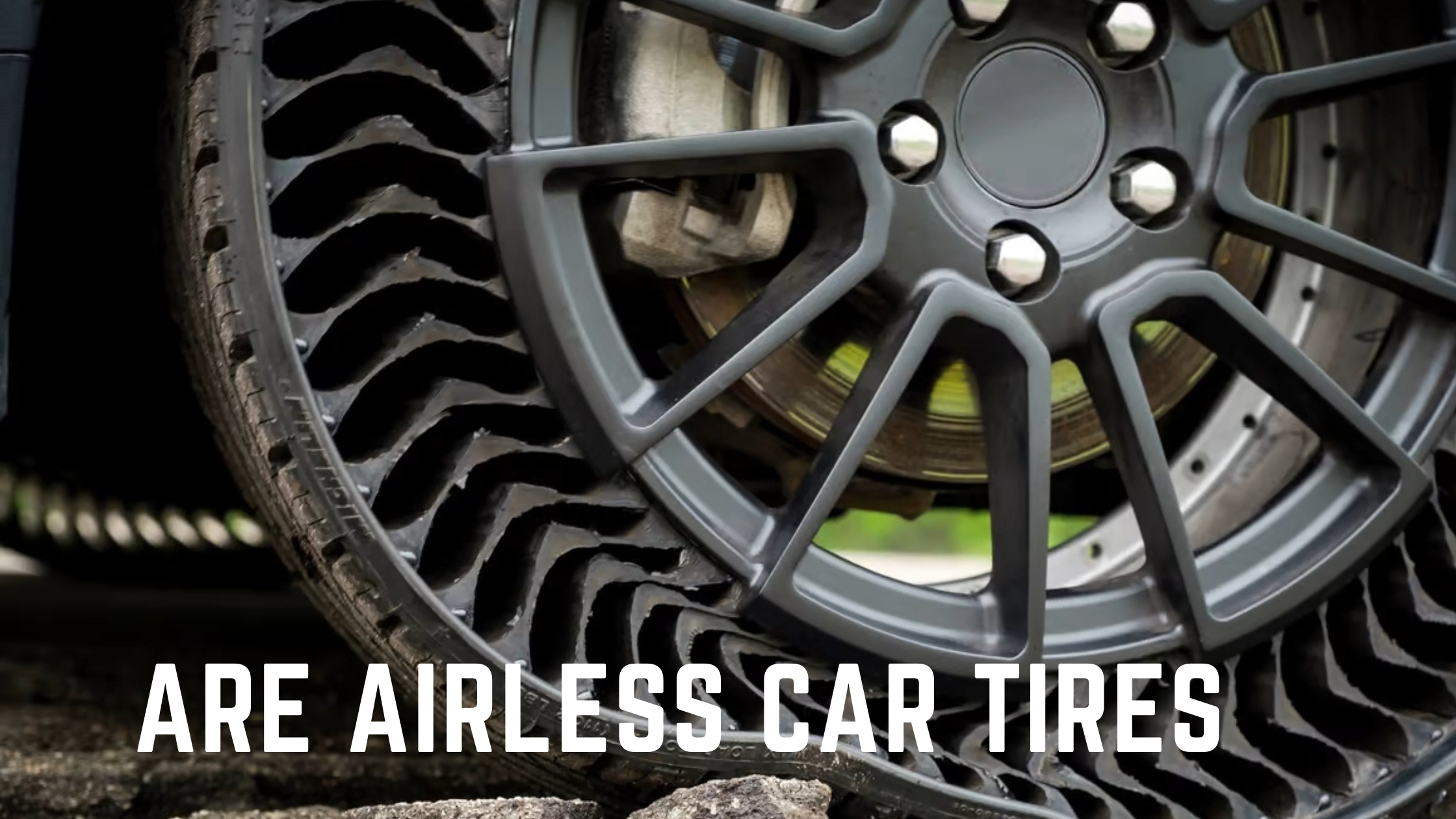Are Airless Car Tires the Future?
Despite their futuristic appearance, airless automobile tires have been around for a long. Although they have been effectively utilized on off-road vehicles, airless tires are now being developed for usage in passenger cars.
Airless tires for cars are something you may or may not be familiar with. Although it may seem unlikely, airless tire technology is not only feasible but has been around for more than ten years.
Airless vehicle tires could also replace conventional automobile wheels in the future as the automotive industry advances. Car owners are nevertheless curious about airless tires.
Read More: The Future of First Human AI
When were tires without air invented?
With the launch of Michelin’s airless tire technology, the Tweel, in 2005, airless tires made their debut more than 16 years ago, according to New Atlas.
In spite of its widespread popularity, no street car has included the Tweel in the past ten years. However, there have been some successful applications of airless tire technology on off-road vehicles and mobility aids.
Currently, Michelin and GM are working together to develop and market the Uptis airless tire, which is intended only for passenger automobiles.
This product calls for specific rims because it is a full-wheel solution. With its extended lifespan and ability to address many of the issues with conventional pneumatic tire technology, Uptis claims to improve driving enjoyment without sacrificing any performance.
How Airless Tires Operate
Some people may find the concept of an airless tire unsettling. How may tires without air perform better? Why make everything from scratch?
As most motorists are aware, pneumatic tires have several disadvantages. According to Michelin estimates, premature wear, blowouts, and punctures cause 200 million tires to end up in junkyards annually.
These problems are said to be resolved by airless tires. The flexible spokes inside the rim of airless tires may be entirely adjusted to suit the driving situation. By varying the rigidity of these spokes, they may be tailored for braking, acceleration, corners, and uneven surfaces.
Additional Advantages Of Airless Tires
Additionally, the production of airless tires requires less energy and material—specifically, rubber. This is a significant benefit for airless tires, especially when combined with the product’s predicted three-fold longer lifespan.
They are more environmentally friendly in addition to maybe being more economical. Additionally, they might reduce the 200 million rubber tires that are disposed of in landfills annually.
Finally, airless tires are a safer option since they may be less likely to aquaplane on wet roads. It is possible to puncture holes directly through the tread of airless tires to discharge water without compromising the functionality of the product.
The Futuristic Tire?
With this unique technology, it’s simple to see how airless tires may become a trend in the future.
Though it has taken over 16 years to gain traction, Michelin and GM want to provide airless tires as a passenger car option by 2024.
Furthermore, as we’ve seen, the automobile sector is adopting cutting-edge technologies like electric vehicles and has been progressively become greener and more ecologically sensitive. The industry’s customs are becoming less prevalent.
Given that Michelin has observed that driving on airless tires is essentially the same, what better time to begin implementing new technology?



